Entry Category: Law
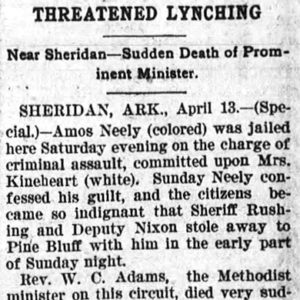 Amos Neely Lynching Article
Amos Neely Lynching Article
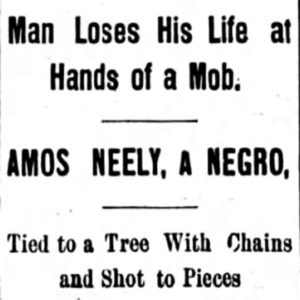 Amos Neely Lynching Article
Amos Neely Lynching Article
Nelson, Bud (Lynching of)
Nelson, Dan T. (Lynching of)
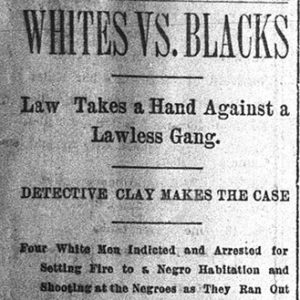 Nevada County Race War Article
Nevada County Race War Article
Nevada County Race War of 1897
 New Street Railway Company Story
New Street Railway Company Story
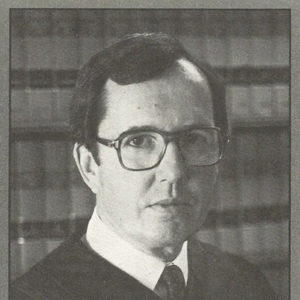 David Newbern Campaign Card
David Newbern Campaign Card
Newbern, William David
Newman, William (Execution of)
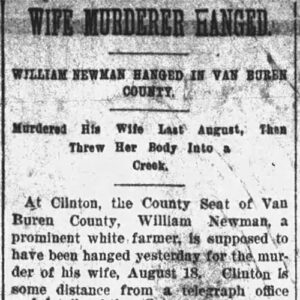 William Newman Execution Article
William Newman Execution Article
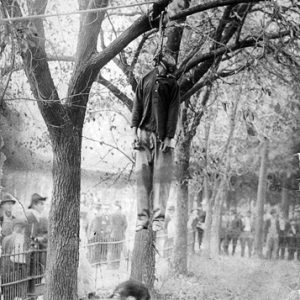 Newport Lynching
Newport Lynching
Newton, Lee (Lynching of)
 Lee Newton Lynching Article
Lee Newton Lynching Article
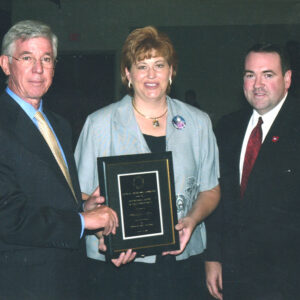 NGA Award Presentation
NGA Award Presentation
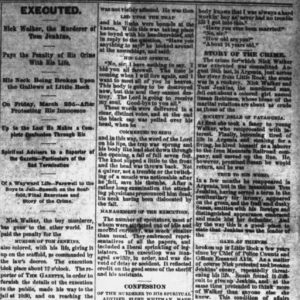 Nick Walker Execution Story
Nick Walker Execution Story
 Nick Walker Execution Story
Nick Walker Execution Story
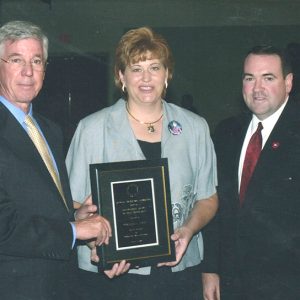 Colleen Nick
Colleen Nick
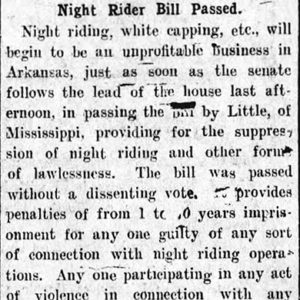 Night Rider Bill
Night Rider Bill
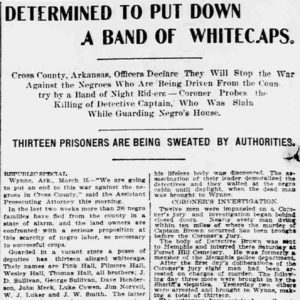 Night Riders Article
Night Riders Article
Night Riders
aka: Nightriders
aka: Whitecappers
aka: White Cappers
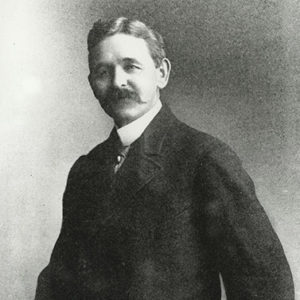 Evett Dumas Nix
Evett Dumas Nix
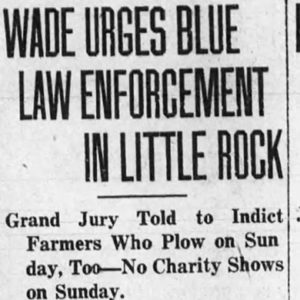 No Plowing Allowed
No Plowing Allowed
Norman, Will (Lynching of)
Norwood, Robert (Lynching of)
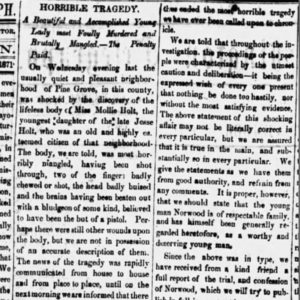 Robert Norwood Lynching Article
Robert Norwood Lynching Article
 Robert Norwood Lynching Article
Robert Norwood Lynching Article
Oats, Presley (Lynching of)
 Oats Lynching Article
Oats Lynching Article
Oldham, Williamson S.
Oliver, Dan (Lynching of)
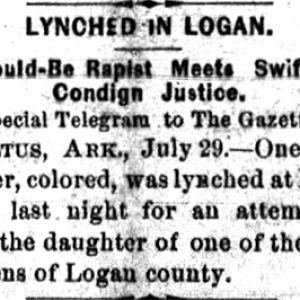 Dan Oliver Lynching Article
Dan Oliver Lynching Article
Olyphant Train Robbery
One-Drop Rule
aka: Act 320 of 1911
aka: House Bill 79 of 1911
Orsini, Mary “Lee”
Orton, Mat (Lynching of)
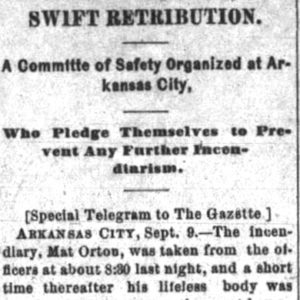 Mat Orton Lynching Article
Mat Orton Lynching Article
 Ouachita River Unit
Ouachita River Unit
Overton, William Ray
Owen, Hurley (Lynching of)
Owens, Henry (Reported Lynching of)
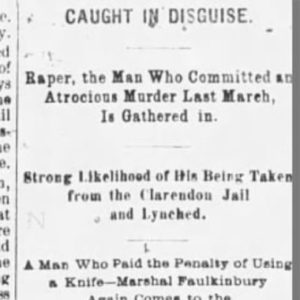 Henry Owens Lynching Article
Henry Owens Lynching Article
Owens, William (Execution of)
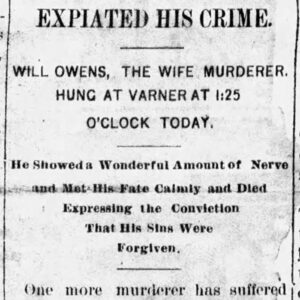 William Owens Execution Article
William Owens Execution Article
 William F. Pace
William F. Pace
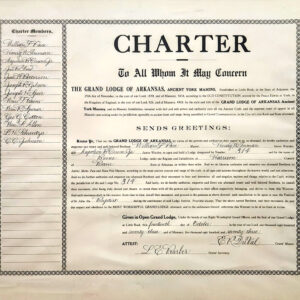 Lodge 314 Charter
Lodge 314 Charter




